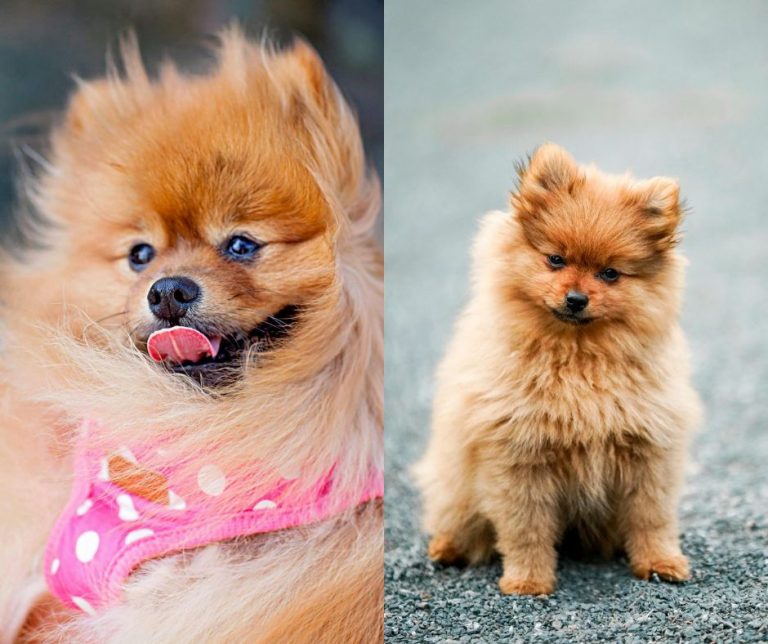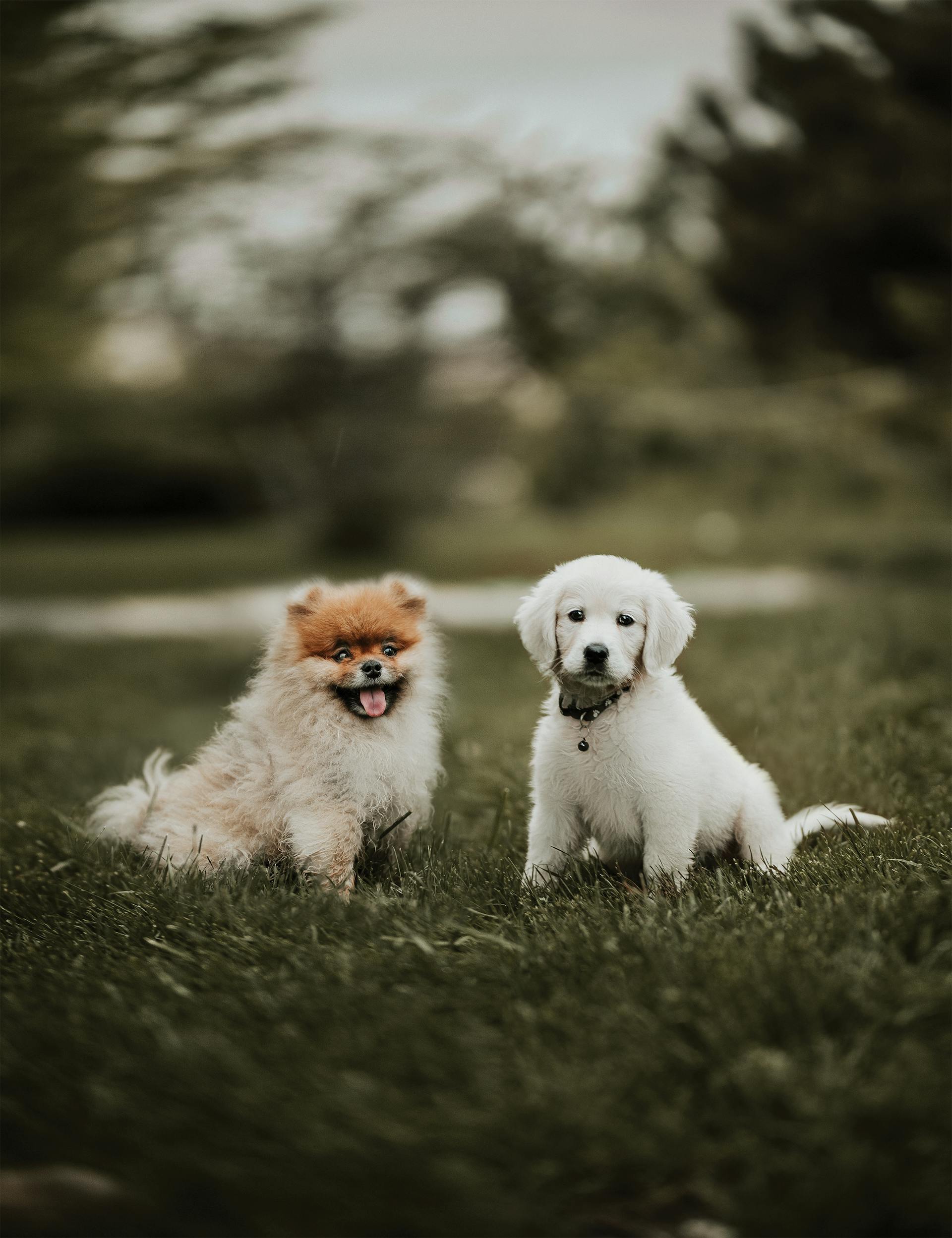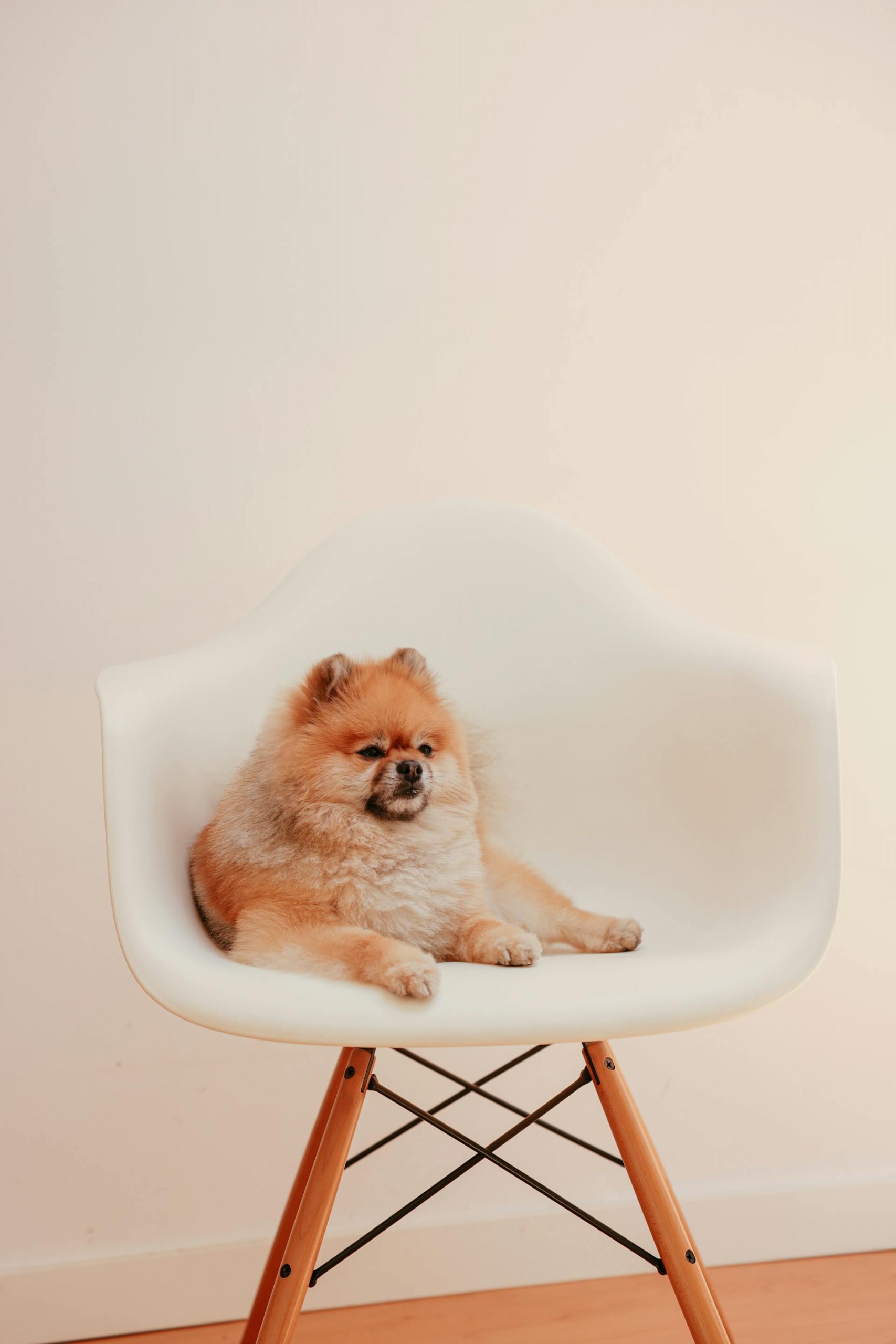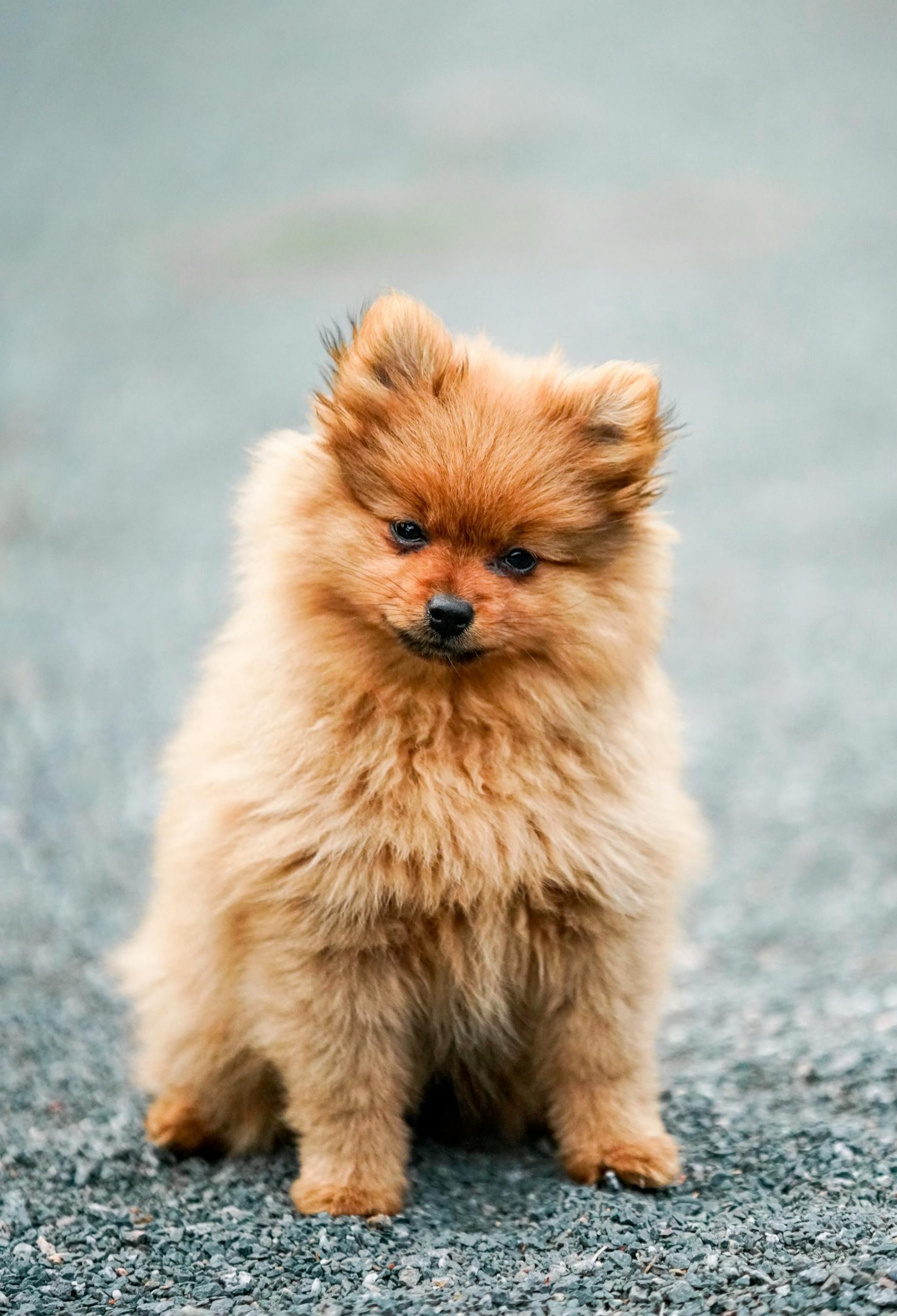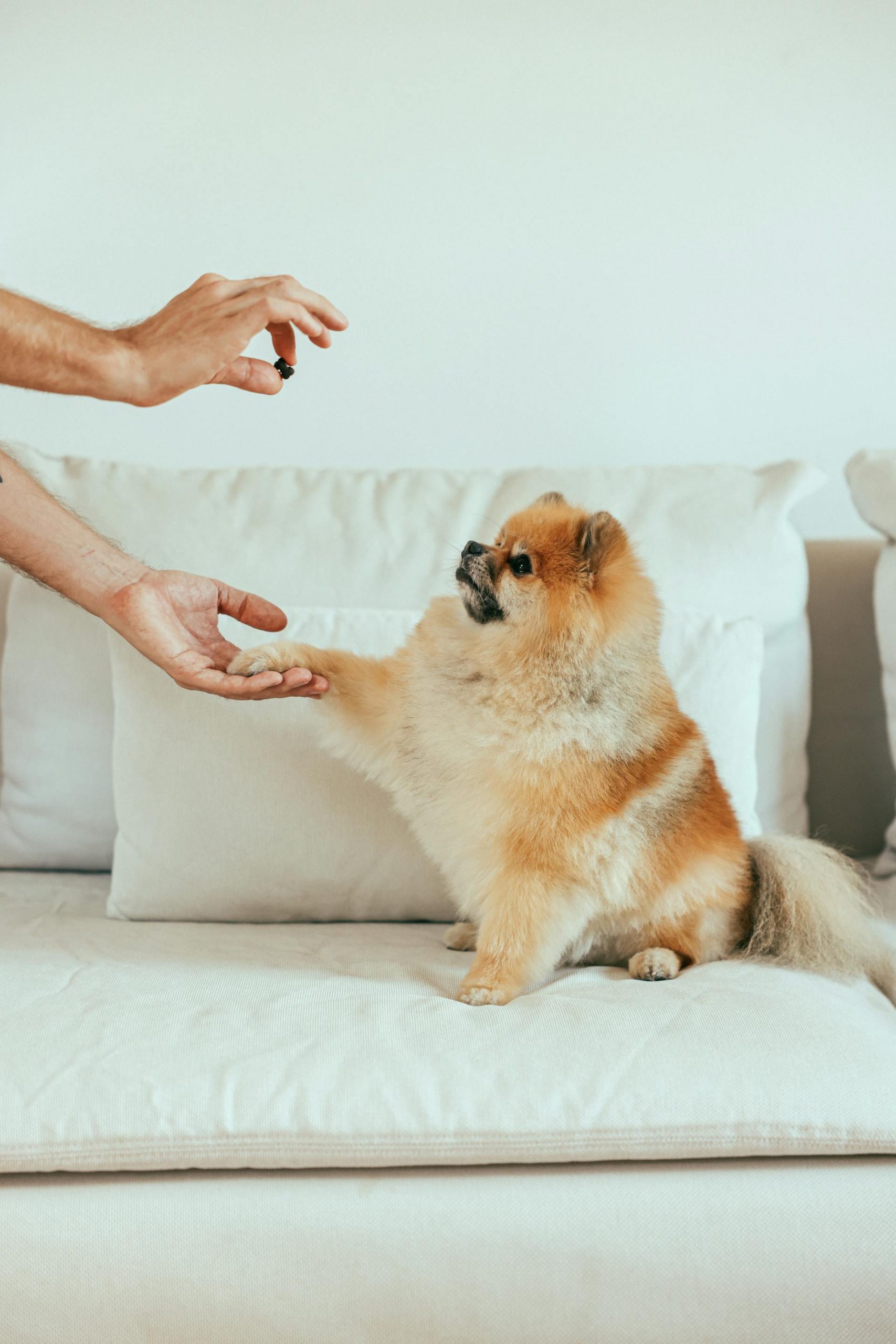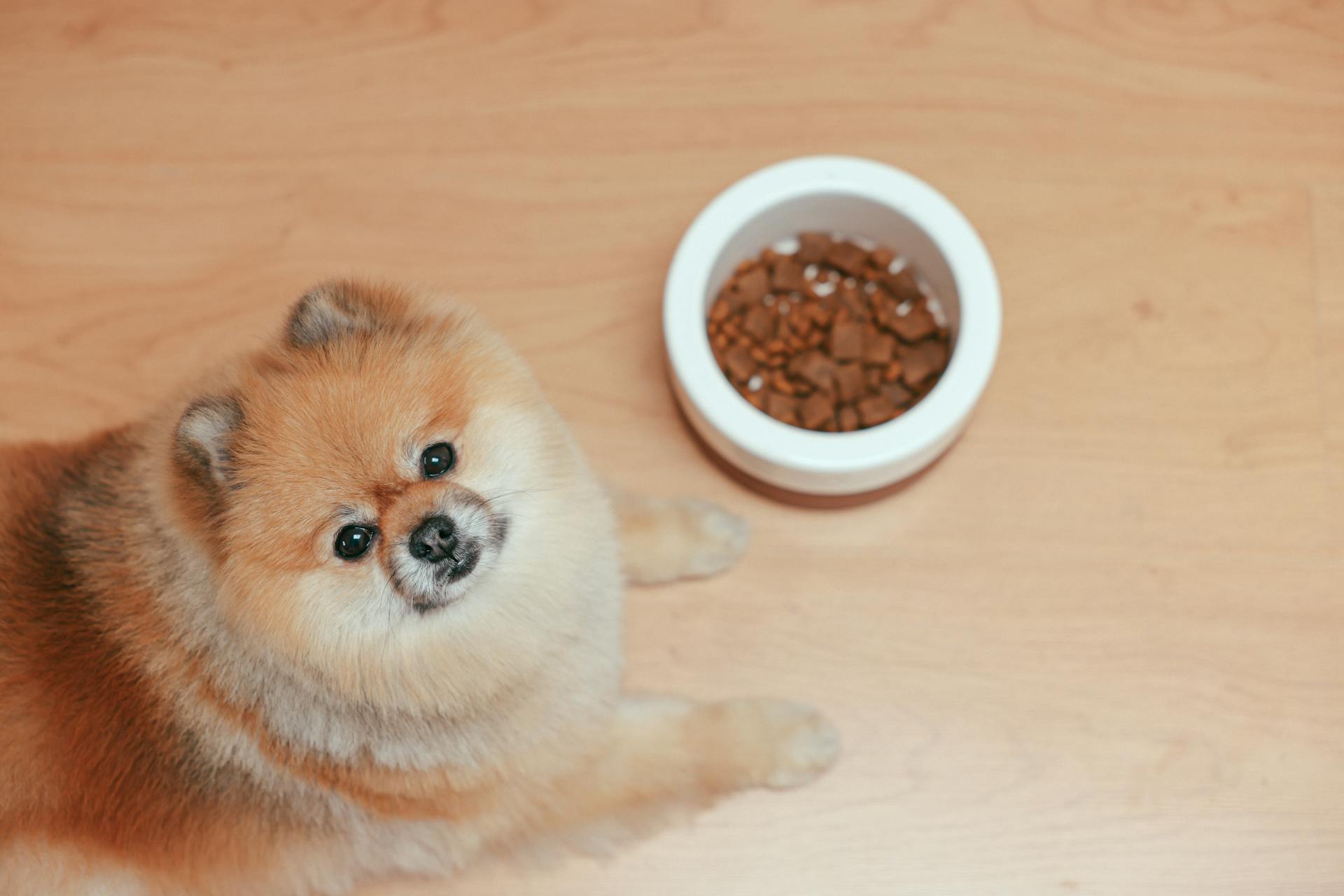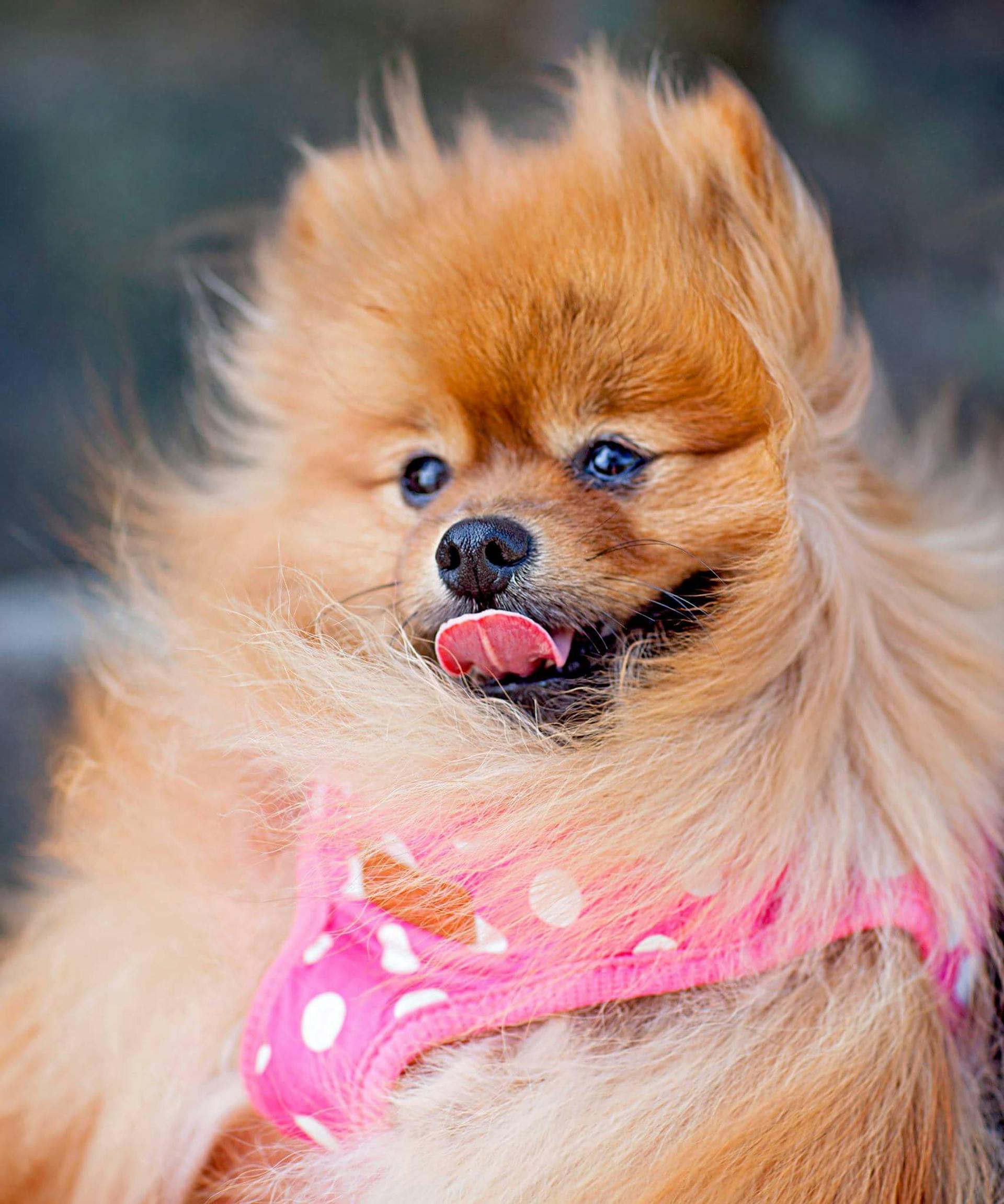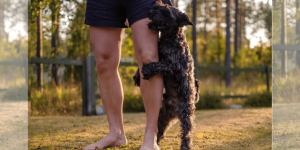When considering adding a Pomeranian to your family, a common question arises: Should you choose a male or a female? This choice can impact not just the dynamics within your household but also your experience of dog ownership. The charismatic Pomeranian, with its vibrant personality and adorable fox-like expression, presents subtle yet notable distinctions between the genders that are worth exploring.
Physically, male and female Pomeranians typically share similar traits like their luxurious double coats and spirited little faces. However, males often present a slightly sturdier build, while females may have a more refined structure.
Behavioral tendencies can also differ, with males sometimes showing a more exuberant puppy-like energy throughout life and females displaying a touch of independence.
For potential dog owners, delving into these differences is key to understanding how a Pomeranian might fit into their lifestyle and whether a male or female would align better with their household. So, let’s take a deeper dive into the male vs female Pomeranian dog breed comparison.
Key Takeaways
- Males and females share many traits but have distinct physical and behavioral differences
- Understanding gender-specific characteristics can help in choosing the right Pomeranian
- The right choice depends on individual preferences, lifestyle, and the desired relationship with the pet
Breed Overview
When folks think of a Pomeranian breed, they often picture a tiny, fluffy dog with a vibrant personality. This breed overview will crack open the history and popularity of these spirited companions to give readers a clear snapshot of the tiny titan that is the Pomeranian.
History
The Pomeranian breed, a member of the toy breed group, is a pint-sized pooch with a lineage that can be traced back to large sled dogs from the Arctic regions. The breed was refined to its present form in the Pomerania region of Central Europe, which is today part of Poland and Germany.
Their heritage is closely linked to the German Spitz. In fact, many people mistake one for the other. Some novice breeders even mix them together if they cannot find a suitable male dog or female dog.
Despite their small size, Pomeranians boast a bold energy similar to their ancestors. Over time, they transitioned from snow-covered landscapes to laps of luxury, admired for their diminutive size and spirited demeanor.
Popularity
Pomeranians surged in popularity largely due to royal influence; Queen Victoria of England fell in love with the breed during her reign. Her affection for these dogs ushered them into the limelight and they became a covetable canine among the elites.
Today, Pomeranians are not just beloved by royalty but are cherished by many as charismatic companions that fit perfectly into different lifestyles, whether it be in a cozy apartment or a sprawling home.
Their extensive palette of over 20 fur colors and charming, perky-eared appearance continue to win hearts, ensuring their enduring popularity across the globe. This toy dog has definitely won the hearts of pet parents and rose to the ranks of some of the most popular dog breeds.
Physical Characteristics
When choosing a Pomeranian, it’s quite fun to learn about their little quirks and physical traits. They may be tiny, but these puffballs pack a lot of personality into their physical features. Let’s get to know them a bit better, shall we?
Size and Weight
Both male and female Pomeranians boast a similar size profile, typically standing around 7 to 12 inches tall. Their weight, however, can be a bit of a teeter-totter.
On average, they range from 3 to 7 pounds, with some owners noting their females tend to dip a little lighter on the scales, occasionally as low as 6 pounds. These little dogs are all about that compact, cuddly size.
Coat and Color
Pomeranians are famed for their luxurious double coats. The undercoat is soft and dense, while the outer coat is longer and full of texture.
Now, when it comes to color, these pups might just have one of the biggest wardrobes in the canine world! Over 20 colors are possible, but orange is the classic, most recognized Pomeranian coat.
Both males and females can strut their stuff in this rich array of shades. They also share a seasonal shedding pattern, so expect a few furry tumbleweeds around the house now and then.
Physical Maturity
Both boys and girls hit their physical milestones in their own time, with a slight edge to the females in reaching maturity. Females often reach full size and develop their final coat color and quality a touch earlier than their male counterparts.
This difference is subtle to the human eye, but it’s there. So if you’re looking for a pup to grow up a bit quicker, a female might just be your match.
Behavioral Traits
When choosing between male and female dog, be it a Pomeranian or any other breed, understanding their behavioral traits is crucial for finding a pet that aligns with your lifestyle and expectations.
Personality and Temperament
Male Pomeranians often exhibit a playful and affectionate nature. They tend to be quite eager to please their owners, which makes them slightly easier to engage in training activities despite their occasional stubborn streak.
On the flip side, female Pomeranians are known to be independent and may exhibit a more reserved temperament. While they are affectionate, they might not crave attention as much as their male counterparts.
Socialization Needs
Socialization is key for both male and female Pomeranians to develop well-adjusted personalities.
Males can be more sociable and outgoing, sometimes to the point of being overenthusiastic with new friends.
Meanwhile, females, while they can be just as sociable, may take a more cautious approach to new stimuli and may require more reassurance during the socialization process.
Energy and Activity Levels
In terms of energy, Pomeranians pack a lot in a small package.
Males generally have high energy levels and are consistently playful, thriving on regular playtime.
Females also possess a zest for life but their energy comes in spurts; they’ll be in the middle of a lively play session one minute and seeking a quiet place to recharge the next.
Both genders will need daily exercise to stay happy and healthy.
Training and Obedience
When it comes to training and obedience, Pomeranians, whether male or female, have particular traits that can influence their learning process. These little dogs with big personalities require an understanding of their specific characteristics for effective dog training.
Trainability
Pomeranians are quite intelligent, and they typically enjoy learning new things.
Female Pomeranian dogs might show an independent streak which can sometimes make them seem harder to train. However, this independence also means they can be very self-motivated to learn.
On the other side, male Pomeranian dogs are often eager to please and can be a tad more straightforward to train because of their desire for the owner’s approval.
Focus and Attention
Focus is a critical factor in training any dog breed. Pomeranians, regardless of gender, sometimes get distracted due to their energetic nature. However, they can also display intense focus and attention during training sessions if they find the activity engaging.
Owners will notice that male Pomeranians may require more attention and encouragement to stay on task, while females might maintain focus better once they’ve committed to the training session.
Food Motivation
Using treats as motivation is a common strategy in dog training.
Pomeranians, known to be food motivated, respond well to this method.
It’s worth noting that using food as a reward requires balance to avoid overfeeding. Owners should use small, low-calorie treats to maintain their Pomeranian’s health.
Both male and female Pomeranians are likely to be more obedient and perform better when they know a tasty treat is waiting for them after a successful command.
Health and Care
When it comes to the well-being of Pomeranians, regardless of gender, they share similar health care needs. However, there are nuances to consider that affect their health and day-to-day care.
Common Health Issues
Pomeranians, both male and female, may encounter a range of health issues throughout their lives. They are often predisposed to conditions such as:
- Luxating Patella: Kneecap dislocation can be common
- Dental Problems: Due to their small mouths, they may suffer from teeth overcrowding
- Tracheal Collapse: Their tiny tracheas can sometimes weaken and collapse
- Cancers like testicular cancer in unneutered males and uterine cancer in unspayed females highlight the importance of spaying and neutering not only to control population but also as a preventative health measure
Grooming Requirements
These fluff balls require regular grooming to maintain their coats and overall health:
- Brushing: Daily to avoid matting and maintain a healthy, shiny coat
- Bathing: Monthly, or as needed, to keep their fur clean and reduce any potential skin issues
Exercise Needs
Pomeranians are energetic and need proper exercise:
- Daily Walks: Short to moderate walks to cater to their energy levels
- Playtime: Interactive play that helps with mental and physical stimulation
Reproductive Considerations
When considering a Pomeranian puppy as a pet, one critical aspect that potential owners need to think about is the reproductive health and the impact of choosing to spay or neuter, or if breeding is an option they are interested in exploring.
Neutering and Spaying Benefits
Neutering (for males) and spaying (for females) are surgical procedures that come with beneficial health implications for Pomeranians.
Not only does neutering a male Pomeranian reduce the risk of prostate problems later in life, it can also decrease behaviors such as marking territory and roaming.
For female Pomeranians, spaying helps prevent breast cancer, which can be common, and eliminates the risk of uterine infections, such as pyometra.
Benefits of Neutering and Spaying:
- Prevents unwanted Pomeranian puppies
- Reduces risk of certain cancers and health issues
- Can lead to a calmer, more predictable temperament
Breeding and Puppies
Choosing to breed a Pomeranian puppy comes with a set of challenges and considerations.
Female Pomeranians experience a heat cycle, roughly every six months. This requires careful management to avoid unwanted pregnancies or health complications.
When it comes to breeding, ensuring the health of the mother and litter is paramount. Owners should be mindful of breeding-related health checks and the potential for breeding complications.
Key Points for Breeding:
- Ensure both male and female Pomeranians are healthy and screened for genetic issues
- Understand the responsibilities involved with caring for a pregnant Pomeranian and her puppies
- Recognize the expenses and time commitment required in raising Pomeranian puppies
Choosing a Pomeranian
When it comes to bringing a Pomeranian into your home, they’ll all bring joy with their fluffy coats and lively personalities. But it’s worth considering whether a male or female Pomeranian would better suit your lifestyle.
Male or Female Preference
When deciding between a male or female Pomeranian dog breed, many potential pet parents have a natural inclination toward one gender. Here are some specifics to consider:
- Male Pomeranian dogs are known for their playful nature and can be slightly more affectionate and loyal with their families, making them engaging companions
- Female Pomeranian dogs tend to display a bit more independence. They may mature quicker mentally, which can be an advantage during training
A table for quick reference:
| Aspect | Male Pomeranians | Female Pomeranians |
|---|---|---|
| Playfulness | Generally higher | Comparatively moderate |
| Independence | Less | More |
| Affection Levels | High | Variable |
| Mental Maturity | Slower | Faster |
Consideration for Families
Families might wonder whether one gender suits their dynamic better than the other.
- Both male and female Pomeranians can become beloved family pets with the right socialization. Males might be more tolerant of a lively household and can integrate well with children
- Females may prefer a calmer environment and can be suitable for families too, provided they get their space when needed
Remember that each Pomeranian is an individual, and these traits are general. Your family’s preference and ability to meet the needs of the Pomeranian should guide your choice.
Living with a Pomeranian
Living with a Pomeranian is a unique experience that involves understanding their specific preferences and how they interact with their environment and other pets.
These small pets with big personalities require owners who are in tune with their needs.
Environmental Adaptation
Pomeranians are adaptable to various living situations, but they do best in environments where they can feel like part of the family.
They can live comfortably in both apartments and houses as long as they get enough exercise and mental stimulation.
It’s important to note that Pomeranians can be territorial and may bark to alert their owners of any changes in their environment, which they are protective of.
They are known to experience separation anxiety when left alone for long periods, so companionship is key to their well-being.
Compatibility with Other Pets
When it comes to living with other pets, Pomeranians can get along well if properly introduced and socialized from an early age.
However, due to their dominant nature, they may display dominance issues or territorial marking behaviors.
They are not typically aggressive, but their bold personality might lead them to not back down from a challenge, even with larger pets.
Creating a respectful and secure space for interactions, monitoring playtime, and establishing clear boundaries can help maintain peace among pets.
Final Words
When choosing between a male vs female Pomeranian, prospective owners often wonder about the differences that might affect their decision.
In terms of size, both genders are quite comparable. Males usually tip the scales at 4 to 7 pounds, and females range slightly lighter at about 3 to 6 pounds. They stand proudly at 7 to 12 inches tall, regardless of gender.
Size
- Males: 4 to 7 pounds
- Females: 3 to 6 pounds
Height for both is similar, with a range of:
- Both Genders: 7 to 12 inches tall
Both males and females boast a compact, sturdy frame with upright ears, exuding the Pomeranian’s characteristic charisma. However, males often appear a tad more muscular and females slightly more slender.
Appearance
- Males: More muscular
- Females: More slender profile
In terms of shedding and coat care, there’s a slight difference due to the hormonal cycles of females, though this doesn’t impact the thickness or texture of their fur compared to their male counterparts.
Shedding
- Females: May shed more due to heat cycles
People who’ve opened their homes to these fluffy companions say that females tend to reach sexual maturity sooner, around 6 months of age. It’s a point to consider for those thinking of breeding.

